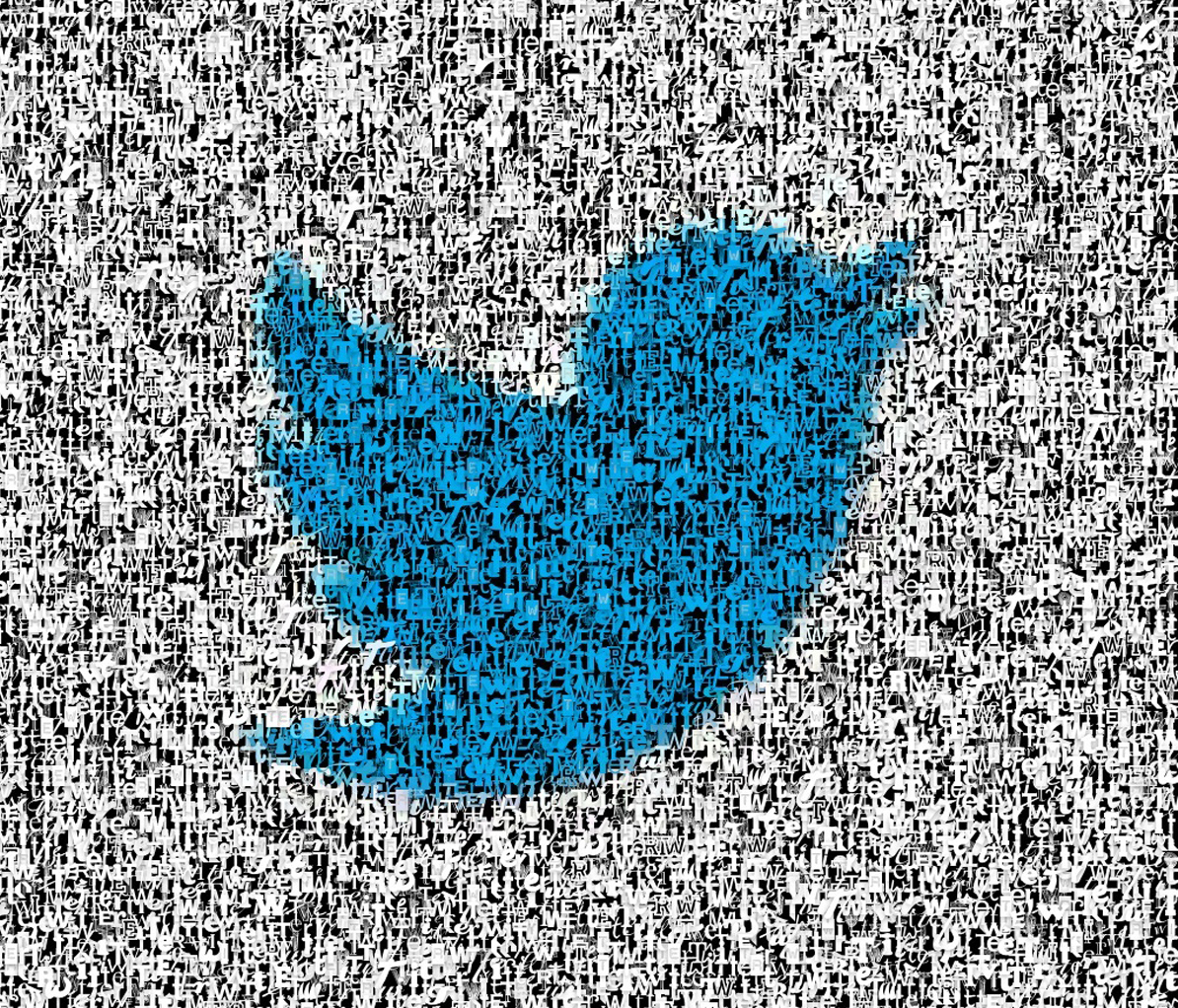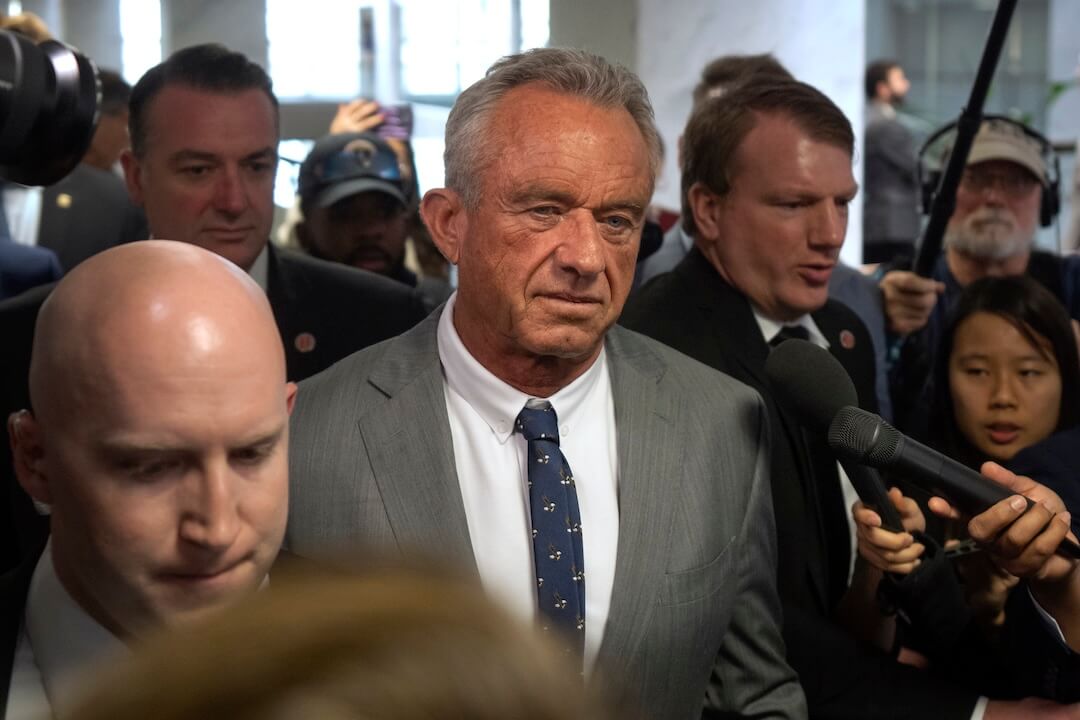Twitter reflects the good, the bad and just plain ugly reality of social media these days. For academics, journalists and voters, there’s never been a more crucial time to talk about the impact these social media platforms have on factual journalism and being watchdogs of the powerful.
It’s in vogue to attack the messenger for the message. We are called liars. We are called “nasty people.” We are told to shut up.
So, what else is new? What administration has loved the press? Washington Post editor Marty Baron recently told the Code Media conference: “We’re not at war with the administration, we’re at work. We’re doing our jobs.”
We work to get the facts. And as academics, we work to teach future journalists the key principles of news gathering. With the advent of Twitter and other social media, it’s important to teach critical thinking so all can ask: Who is setting the news agenda?
Related Training: Room for Trust: Creating Space for Real Engagement
I didn’t set out to become a Twitter scholar. Indeed, I made fun of it like most journalists did when it was launched in 2006. I warned my students about the danger of bogus information spreading through these new platforms. But grad school is full of surprises and I found myself on a team partnered with metro papers to measure readers’ reactions during each of the 2012 presidential debates.
It was comforting to see how citizens picked up on the same topics as the journalists in the room. When Mitt Romney said he would cut spending to PBS, the Big Bird tweets went off the charts.
By election night, we all watched as Tom Brokaw came back from a commercial break and apologized for an earlier remark. He likened voters to schizophrenics. A viewer quickly tweeted that he shouldn’t make light of a serious illness.
My generation of reporters rarely heard from readers, except an occasional letter or phone calls, which were often ignored for the sake of deadline. But this was a turning point — the election where the audience pushed back instantly.
I had my dissertation topic and spent about two years researching and interviewing 50 journalists at four metropolitan papers — The Dallas Morning News, The Denver Post, The Tampa Bay Times and Atlanta Journal Constitution.
I wanted to explore how this new information distillery was shaping newsroom habits. And I wanted to know if it can do anything to boost readership or revenues in a time of shrinking newspaper budgets.
This is something that all news organizations are still struggling with – how to get readers back from grazing on Google and Facebook to real news sites. News organizations can no longer be passive. They must distribute the news wherever you go, whenever you want it.
According to Pew Research Center, more than half of Americans get some news from social media platforms. Facebook is the leader by a wide margin. Forty-four percent of the general population gets news on Facebook.
The early days of Twitter made editors twitch. Sorting fake information from facts would take a lot time. And photojournalists wisely warned about altered images getting passed off as documentary photography.
Editors also worried about how their staffs would use Twitter. The editors I interviewed all had stories of the fellas in the sports department drinking a few cold ones while watching a ballgame and tweeting their expletives about the pitcher.
But all 50 journalists said reluctance gave way to acceptance as the early adopters showed how Twitter could help in newsgathering. Journalists are quite competitive so they began friendly battles to see who could build the biggest number of followers. By the way, it’s usually those guys in sports!
Other themes emerged about the good, the bad and the ugly sides of Twitter. One early advantage: Twitter allows the 24/7 monitoring of reporters’ beats. A reporter’s nighty ritual now includes one last check of Twitter before nodding off. Good thing the night news editor at the Denver Post made that last check the night of the Aurora movie theater massacre.
It was well past the print edition deadline, so the Post’s first 24 hours of coverage was all digital – their reporters tweeted, shot their own photos and video in the field. The new rule was: If you don’t have it on Twitter first, it’s not a scoop. The Pulitzer judges noted the extensive digital coverage when awarding the prize for breaking news to the Post.
Twitter gives print journalists a chance to beat TV news cameras to breaking news. Reporters, photographers and editors in all departments are now instant weather and traffic reporters. The entertainment reporter in Atlanta now describes herself as “a fry cook at Waffle House. I do it all.”
One of the most interesting things I found was Twitter’s emergence as the new phone directory. Consider the decline of landline telephones, and the subsequent death of the community white pages. A school reporter in Dallas used Twitter to find students and parents by searching key words on the latest buzz in the schoolyard. As she said: If families do have a landline, teenagers won’t answer it, but they’re on Twitter chatting about what’s going on.
Indeed, she used Twitter to track down the news about a Dallas teacher being fired because she once posed for Playboy. The reporter also used Twitter to confirm the teacher’s identity — and to find her.
One of the troubling trends in Twitter use is using the 140-character message to interview sources. Reporters argue that it’s easier for people to reply via tweets, even while at meetings, versus answering a phone call. I get that. But what do we sacrifice when we don’t look a person in the eye when they answer our questions?
And a lot of public officials have their flacks respond to reporters. Yes, Twitter can be a great tool to find people, but you need to wear out your shoes knocking on doors.
My research also showed the social and economic capital gains for journalists and the news organizations. In journalism, reporters build their social capital by breaking news in their communities. That translates into more readers, which attracts more advertisers, meaning gains in economic capital.
For reporters, Twitter expands their readership to an entire globe that was once limited to geographic circulation boundaries. The best example of this came from the Tampa Bay Times and Craig Pittman, one of the country’s top environmental reporters. His presence on Twitter got the attention of the editors of Slate, who asked him to do a month-long blog. It also helped him land a book contract on news of the weird in Florida.
Pittman is the master of finding bizarre news at the intersection of humidity, stupidity and exotic animals in Florida.
Take the time the Pasco County sheriff tried to lasso a runaway kangaroo. The constable Tasered the hopper, but the critter stood his ground. Undaunted, a brave spectator jumped in and tackled the varmint. Craig added: “You know, that was the same week the Tallahassee cops Tasered a llama.” Nothing but readers there!
Another social capital gain for reporters is apparent with millennials. They use Twitter to “curate their own brand.” When I worked as a journalist, the curation of brands was something Procter & Gamble did to sell more Pringles or Pampers.
Millennials have witnessed the massive downsizing of their newsrooms and view themselves as independent contractors who are in charge of their own marketing, much like corporate America curates their brands. One reporter said:
“I love working here…But there are no guarantees. I don’t know whether the paper will be here in five years.” Her Twitter account and website will travel with her wherever she works.
Turning social capital into economic capital is far more elusive for the news organizations. All of the senior executives and publishers I interviewed agreed that Twitter builds ties to the community and helps readers understand who is behind the news: Journalists are real people. We’re your neighbors.
Translating Twitter use into actual profits is far more elusive. Indeed, only the Tampa Bay Times offered one story to show success. Every Sunday morning, the Times social media manager tweets out all the deals and coupons in that day’s paper.
Single copy, or rack or retail sales, shoot up 2 to 7 percent on Sundays when they tweet the deals. Keep in mind that the Times sells about 370,000 papers every Sunday.
As a journalist and professor, the most important finding from the 50 interviews had nothing to do with revenues. To a person, regardless of job title, each one emphasized that the main thing that will attract readers is producing credible content.
Twitter is just a new gadget in our tool box. It has expanded our reach, but it has also fueled the flood of propaganda masquerading as news. It has amplified the political discourse, sometimes in very ugly ways.
But it can be a useful addition to old-fashioned dogged reporting. Consider the Washington Post’s coverage of Trump’s charitable donations. Reporter David Fahrenthold recently shared his experience in two Post articles. He contacted more than 300 charities. A reader tipped him off to the oil painting of the candidate, which Trump purchased with his foundation’s money.
You see, readers do want credible information. One tipster even volunteered to send Fahrenthold a photo of the painting, which was displayed at a Trump resort in Miami. When the reporter started his campaign coverage, his Twitter following was 4,700. It grew to more than 60,000 and its still growing.
And he keeps breaking news. The day after the painting story broke, Fahrenthold received a video in the mail. It was Access Hollywood footage of Trump bragging about molesting women. It became the most read story in the Post’s history. The reporter received death threats and was labeled “a nasty man.”
The pros like him will continue to do the work and to serve the public as the watchdog of the powerful. We will question authority. We will seek the truth. And we will teach future journalists how to wear out their shoes and use Twitter or whatever gadget proves useful in our mission. And we will not shut up.
Alecia Swasy is the Donald W. Reynolds Chair in Business Journalism at Washington & Lee University. She is the author of “How Journalists Use Twitter: The changing landscape of U.S. newsrooms.”
Correction: A previous version of this story incorrectly described the number of people who use Facebook for news.






